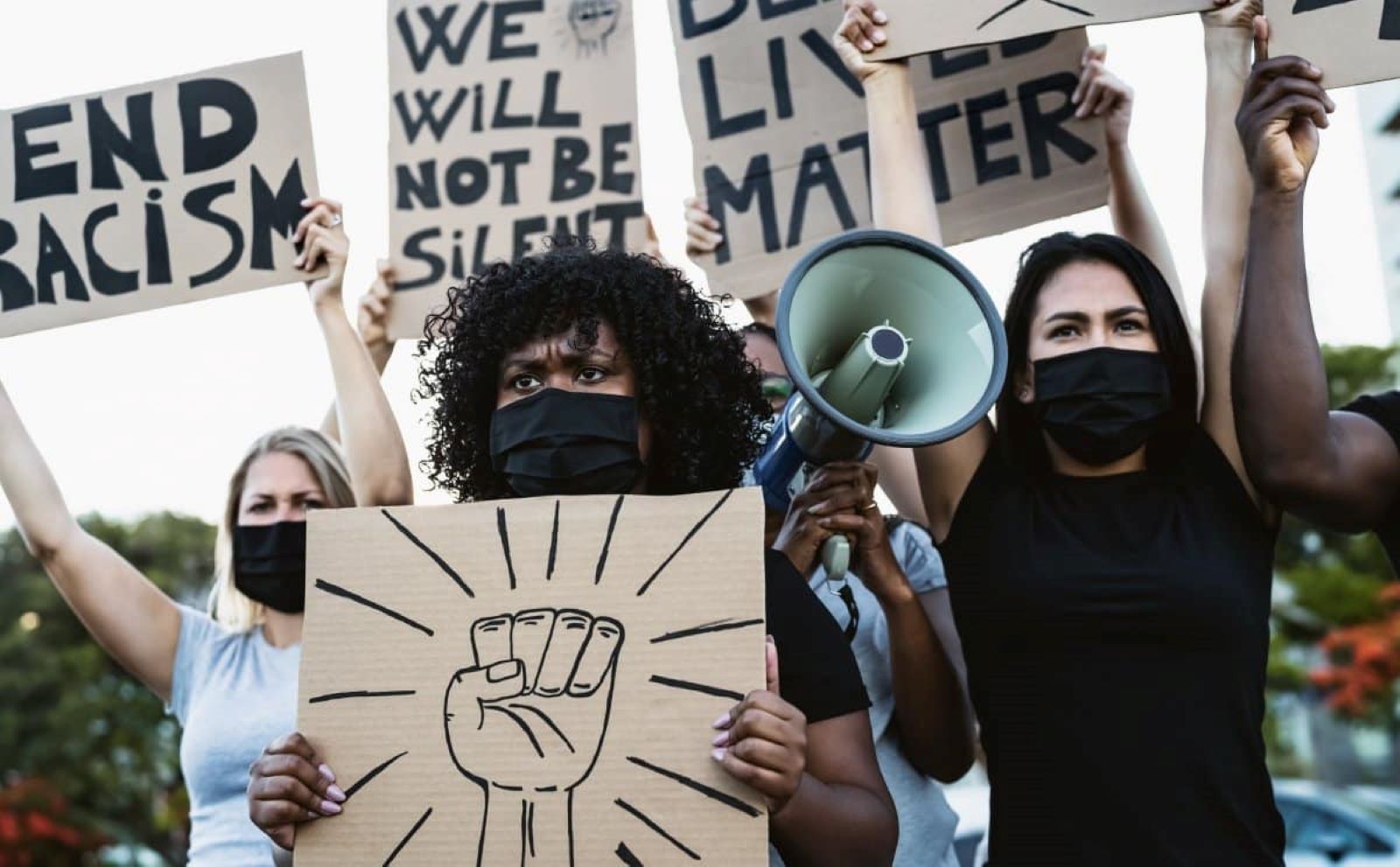A groundbreaking federal survey reveals that approximately 3% of U.S. high school students identify as transgender, with an additional 2% questioning their gender identity. These findings, from the CDC’s Youth Risk Behavior Survey, mark the first national effort to quantify the transgender and gender-questioning adolescent population in American schools.
The survey, conducted in 2023, gathered data from over 20,000 students across public and private high schools in the United States. Released in October 2024, the report offers an unprecedented glimpse into the experiences of trans and gender-questioning teens, whose numbers are part of a larger LGBTQ+ student population that continues to grow.
Transgender Teens Face Significantly Higher Risks
The CDC’s report painted a stark picture of the hardships faced by transgender students. Kathleen Ethier, Director of the CDC’s Division of Adolescent and School Health, noted that trans teens experience significantly higher levels of bullying, harassment, and mental health challenges compared to their cisgender peers. “We have 5% of young people in the country who, because of the way they identify around their gender, are stigmatized, bullied, made to feel unsafe, feel disconnected at school, and consequently have poorer mental health and higher risk for suicide than their cisgender peers,” Ethier said.
Bullying is one of the most severe issues transgender teens face. The report found that 40% of transgender and gender-questioning students reported being bullied at school, a rate significantly higher than the 15-20% reported by cisgender students. The relentless harassment takes a toll on the mental health of these students, many of whom already struggle with feelings of isolation and rejection, both at school and, in some cases, at home.
Mental Health Crisis: Suicidal Thoughts and Attempts
Mental health among transgender youth is at a critical point. According to the CDC’s data, 53% of trans students reported considering suicide in the past year, a figure more than double the rate of cisgender girls (24%) and nearly five times that of cisgender boys (12%). Even more concerning, 26% of trans teens reported attempting suicide in the past year, compared to 11% of cisgender girls and just 5% of cisgender boys.
This mental health crisis has not gone unnoticed. LGBTQ+ advocates, such as The Trevor Project, have consistently highlighted the importance of safe environments for transgender and questioning youth. Amy Green, the Vice President of Research at The Trevor Project, emphasized the importance of school environments in fostering the well-being of LGBTQ+ youth. “Gen Z youth have the most positive attitudes towards the LGBTQ community, which can reduce the stigma associated with identifying in this way,” Green noted.
The Role of Schools: Safe and Supportive Environments
Schools play a pivotal role in either supporting or undermining the mental health of transgender students. The CDC report strongly advocates for safer, more inclusive school environments, highlighting that students who feel connected to their school and peers are less likely to experience violence, depression, or suicidal thoughts.
Yet, the reality for many transgender teens is far from safe or supportive. Nearly one-quarter (25%) of trans students reported skipping school in the last month because they felt unsafe, compared to just 8% of cisgender boys and 15% of cisgender girls. The sense of vulnerability and danger permeates their daily lives, extending beyond the classroom to extracurricular activities and social spaces.
The report suggests several strategies for creating safer school environments for transgender and questioning students. These include establishing gender and sexuality alliances (GSAs), providing professional development for educators on LGBTQ+ issues, and enforcing anti-bullying policies. Inclusive practices, such as offering gender-neutral bathrooms and locker rooms, are also vital in ensuring that trans students feel safe and respected at school.
Social and Structural Challenges
Transgender youth often face challenges beyond school. Many experience housing instability at significantly higher rates than their cisgender peers. According to the CDC report, 11% of trans teens reported experiencing unstable housing, compared to just 2% of cisgender boys and girls. This is often linked to family rejection, systemic discrimination, and a lack of support from social service providers.
Discrimination against transgender teens in foster care and shelters adds to their risk of homelessness and violence. The report called on social service agencies and housing providers to develop policies that protect transgender youth from discrimination and ensure they have access to safe, affirming spaces.
Broader Implications for Mental Health and Social Policy
The data from the CDC’s Youth Risk Behavior Survey is a wake-up call for educators, policymakers, and healthcare providers. As Ethier emphasized, the mental health struggles faced by transgender teens are not inevitable, but a result of societal failure to support and protect these vulnerable young people. Schools, in particular, have the opportunity to make a significant difference in the lives of transgender and questioning students by creating environments that promote safety, inclusivity, and acceptance.
This national survey is only the beginning of a broader conversation about the needs of transgender youth in America. While the data underscores the magnitude of the challenges they face, it also points to concrete steps that can be taken to improve their mental health and well-being. The question is whether schools, communities, and policymakers will act swiftly enough to make a meaningful difference.
21 Beliefs About the Bible That Are Actually False

The Bible is one of the most discussed and debated books in history, yet many common beliefs about it are more myth than fact. How many of these misconceptions have you heard before? 21 Beliefs About the Bible That Are Actually False
21 Subtle Racisms That Are Commonplace in America

Racism in America isn’t always overt; it often hides in plain sight through subtle actions and attitudes. How many of these subtle racisms have you noticed around you? 21 Subtle Racisms That Are Commonplace in America
Featured Image Credit: Shutterstock / bbernard.
This post first appeared on Pulse of Pride.

